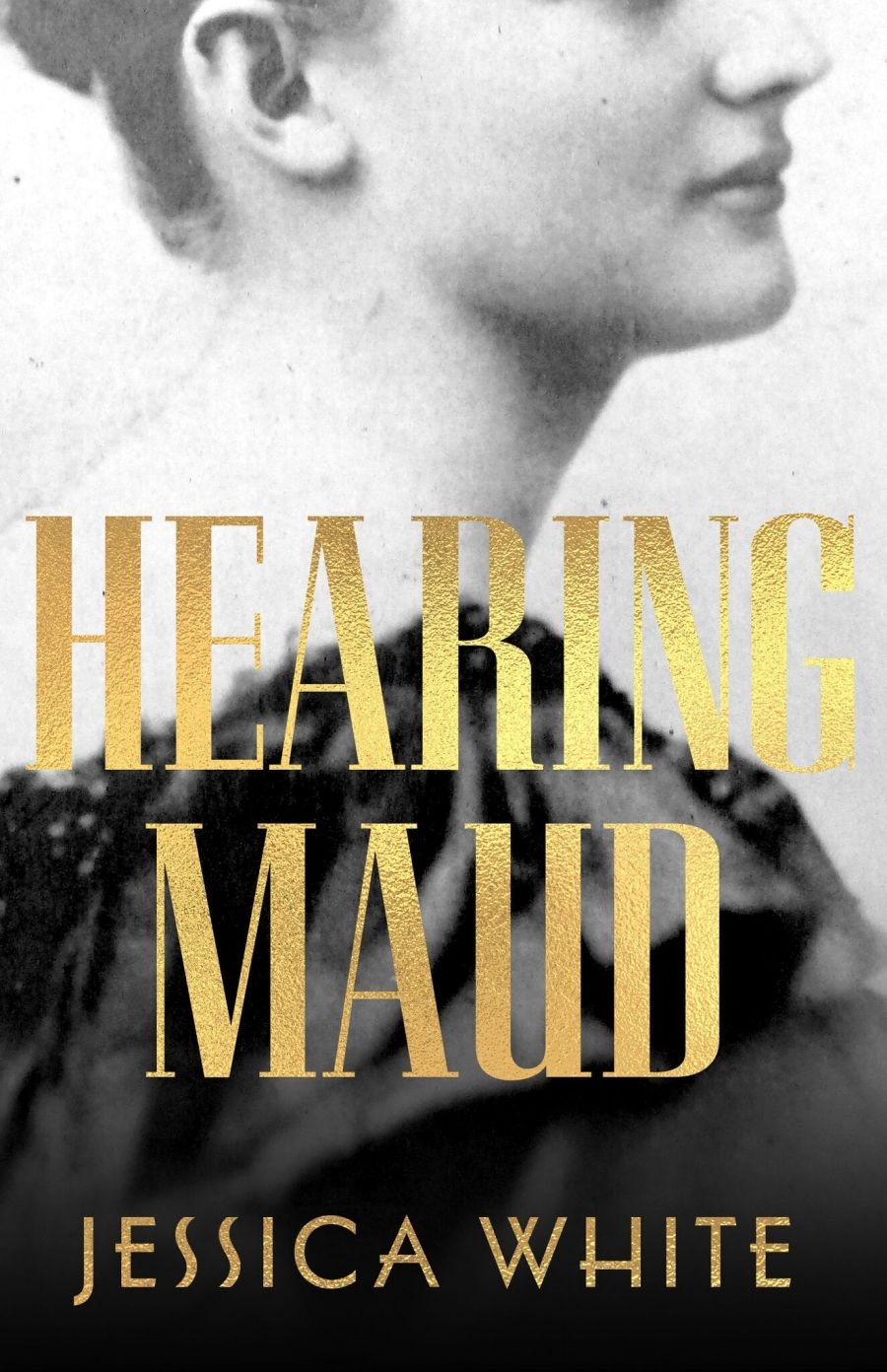
- Free Article: No
- Contents Category: Memoir
- Review Article: Yes
- Online Only: No
- Custom Highlight Text:
Hearing Maud begins and ends with the notion that the narrator’s life has been defined by a pharmakon, an ancient Greek term denoting something that is both poison and cure. This subtle and more complex version of the ‘gift or loss’ dilemma common in disability memoirs avoids oppositional thinking and embraces instead paradox and nuance ...
- Grid Image (300px * 250px):

- Alt Tag (Grid Image): Rachel Robertson reviews 'Hearing Maud' by Jessica White
- Book 1 Title: Hearing Maud
- Book 1 Biblio: UWA Publishing $27.99 pb, 288 pp, 9781760800383
Although Rosa experiences loss and grief, it is Maud’s life that is more tragic. She is sent to an asylum for patients suffering from insanity at age twenty-eight and lives there until her death four decades later. White describes Maud’s experiences with great empathy, identifying the way deafness and the social mores of the time may have contributed to her mental breakdown and then her failure to recover. It is through comparing her own experiences of deafness with Maud’s that White begins to question the treatment and education of deaf children. The focus on orality (teaching deaf children to speak rather than use sign language) that dominated until fairly recently, and its consequences, are explored and critiqued. White does not herself identify as Deaf (with a capital D to indicate that deafness should be viewed as a culture), but she recognises the value of this position for some deaf communities.
White regrets that she didn’t have the opportunity to learn sign language as a child, but she understands why her parents made the choices they did. The early sections of Hearing Maud portray her large, supportive family and White’s sense of inclusion: ‘With these people, I never felt deaf.’ Her ongoing closeness to her family, especially her brother, forms a strong thread in the book. Nonetheless, White’s childhood, adolescence, and early adulthood were full of loneliness and experiences of isolation, not just because of her inability to hear, but because of the lack of social skills that resulted from this. Noting she had ‘never overheard a conversation’ between two people, White says she had ‘little idea of the nuance and complexity of social rules’ and describes how interacting with others ‘seemed to hurt my skin’. This continues into adulthood, making dating and romance particularly challenging. White also describes the many other ways in which deafness makes life difficult, sometimes even dangerous.
If isolation is the poison, then the cure for White is writing. She directly links her lifelong passion for reading and writing literature to her deafness. She discusses how, even as a child, she knew that she ‘couldn’t be part of a conventional narrative’. She also discovered her core theme as a writer at a young age: ‘the absolute redemption of a love that absolved the awkwardness and anxiety of being out of place’. This theme is evident in her two novels, A Curious Intimacy (2007) and Entitlement (2012), as well as in Hearing Maud.
White identifies other skills she has developed as a result of her deafness, such as excellent pattern-recognition, finely tuned intuition, resilience, and resourcefulness, all evidence of what disability scholar Rosemarie Garland-Thomson describes as the generative epistemic resources resulting from the experience of non-normative bodies/minds. White’s marginal position, crossing the border between deaf and hearing worlds, provides the reader with new perspectives on human relationships. White’s focus on ‘hearing’ Maud allows us to hear White. Her voice is engaging, her prose deeply pleasurable.
It is exciting to read a book that demonstrates a writer exploring her own past, the lives of other women, and the history of deaf education to construct her identity and to ‘come out’ proudly as a deaf woman. Hearing Maud makes a major contribution to Australian literature written by people with lived experiences of disability and deafness, while also being an engrossing work of creative non-fiction and a personal story of great poignancy and authenticity.



Comments powered by CComment